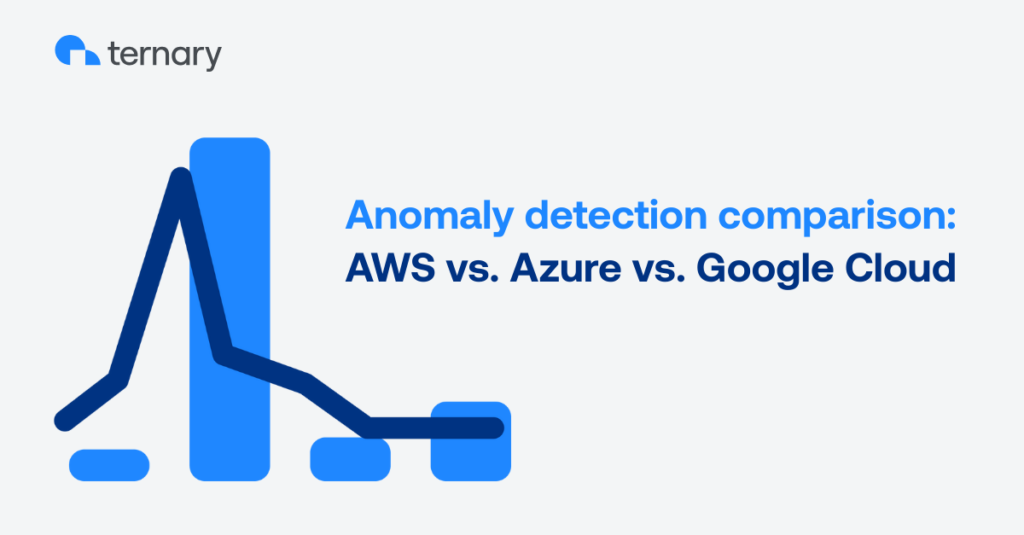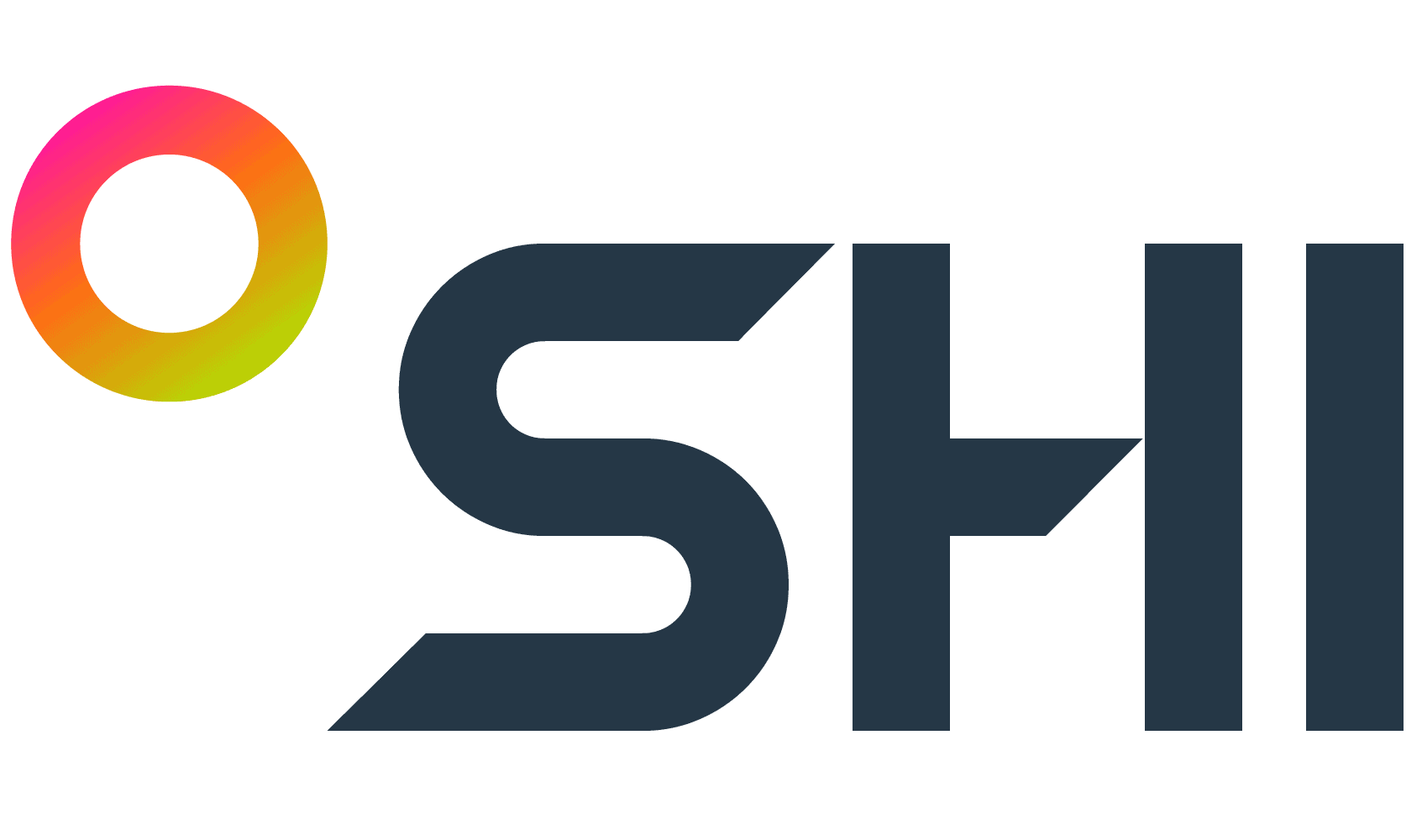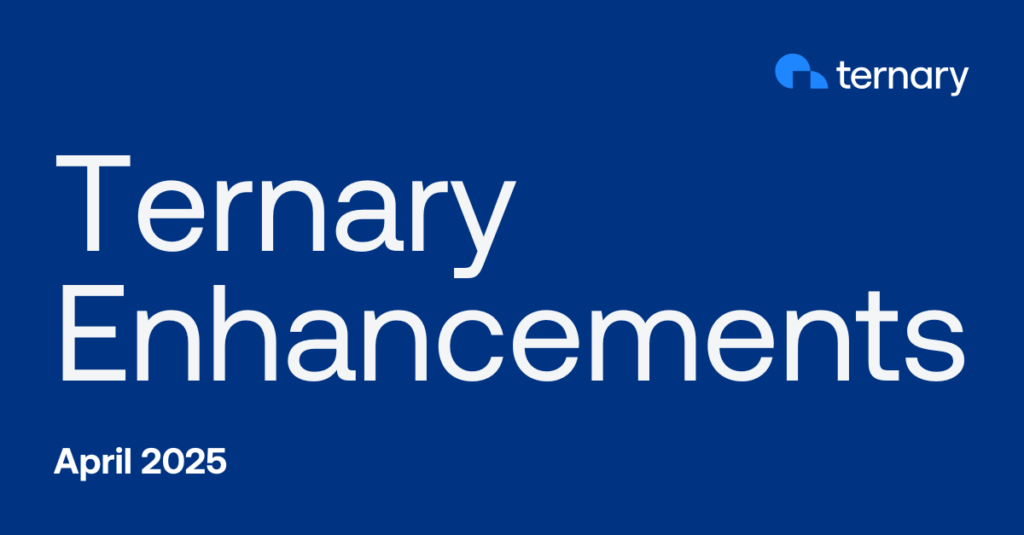
Anomaly detection
Detect cloud anomalies and unexpected cost spikes across multi-cloud environments with machine learning-powered, human-tunable cloud anomaly detection.
Customers and partners who trust our multi-cloud platform






Proactively control costs
Ternary helps detect cloud cost anomalies and uncover root causes quickly, with customizable alerts and intelligent analysis to control costs and prevent budget overruns.
Customize alert thresholds for precise cloud anomaly detection
Ternary helps you identify anomalies across business groupings like Service, SKU Description, and Project. Create customizable alert rules based on absolute or percentage thresholds, and monitor increases or decreases in cloud spending patterns over time. You can easily archive and unarchive rules, making it simple to pause monitoring while fine-tuning configurations.
Pinpoint root causes behind cloud cost spikes
Drill into the details of anomalous events to understand what’s happening and why. Ternary surfaces the data behind cloud cost spikes so you can identify the root cause, take corrective action quickly, and reduce repeat anomalies.
Streamline investigations with case management
Put anomaly investigations in the path of engineering with our bi-directional Jira integration. Manage anomaly detection cases in real time using Ternary’s FinOps platform, reducing detection latency and streamlining root cause analysis. With linked cases, you can manage incidents more efficiently and reduce time to resolution.
FAQs
What is cloud anomaly detection?
Cloud anomaly detection is the process of identifying unexpected spikes or changes in cloud spend, usage, or behavior—typically using machine learning models to compare real-time data to historical patterns.
How does Ternary detect cloud cost anomalies?
Ternary analyzes cloud cost data, identifies unusual spending patterns, and alerts your team based on custom thresholds.
What cloud platforms does Ternary support for anomaly detection?
Ternary Anomaly Detection works for all supported cloud integrations.
How can I avoid alert fatigue?
Ternary Anomaly Detection has a safeguard that requires users to set a minimum non-zero dollar amount when configuring relative threshold alerts. If no minimum is specified, a warning prompts you to enter one. This helps reduce notification noise caused by minor spending fluctuations.
Featured blogs for anomaly detection



Ready to learn more?
View our product documentation to learn more about Ternary Anomaly Detection.
